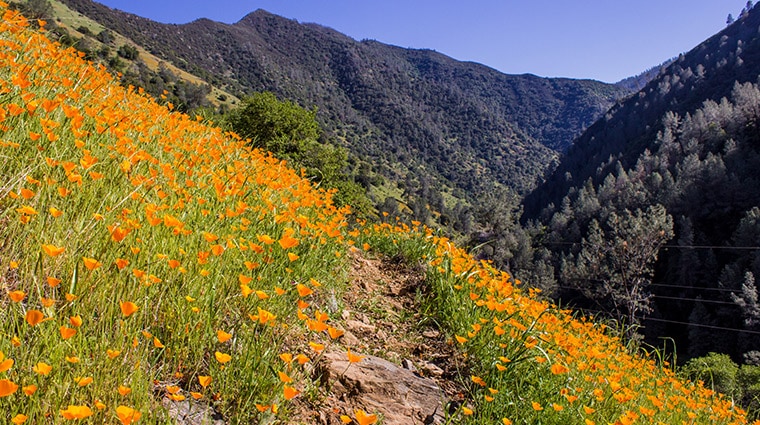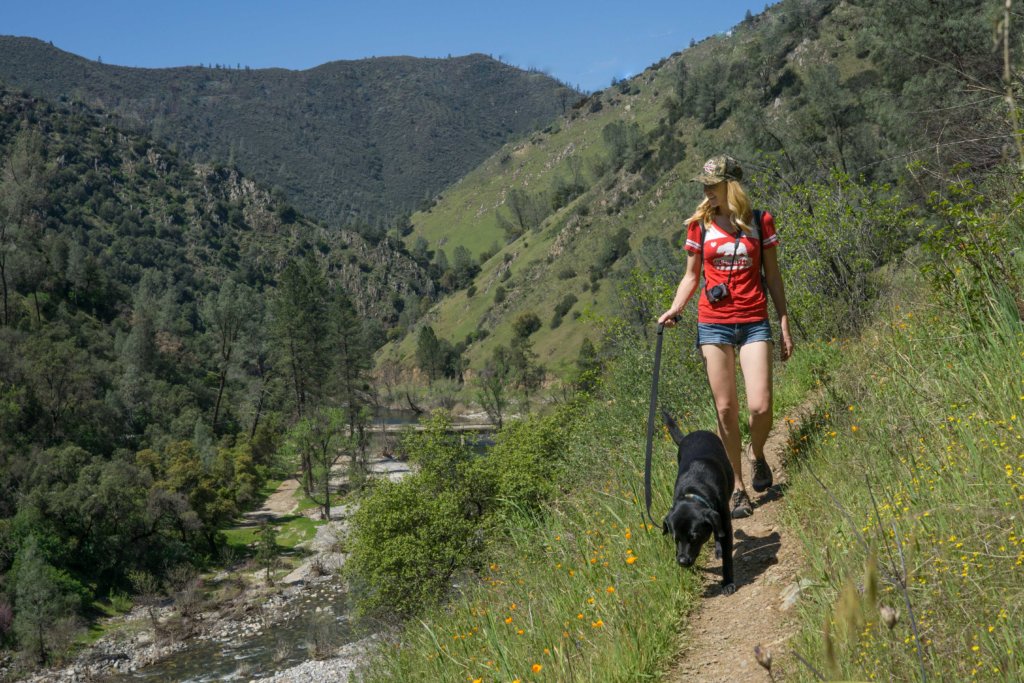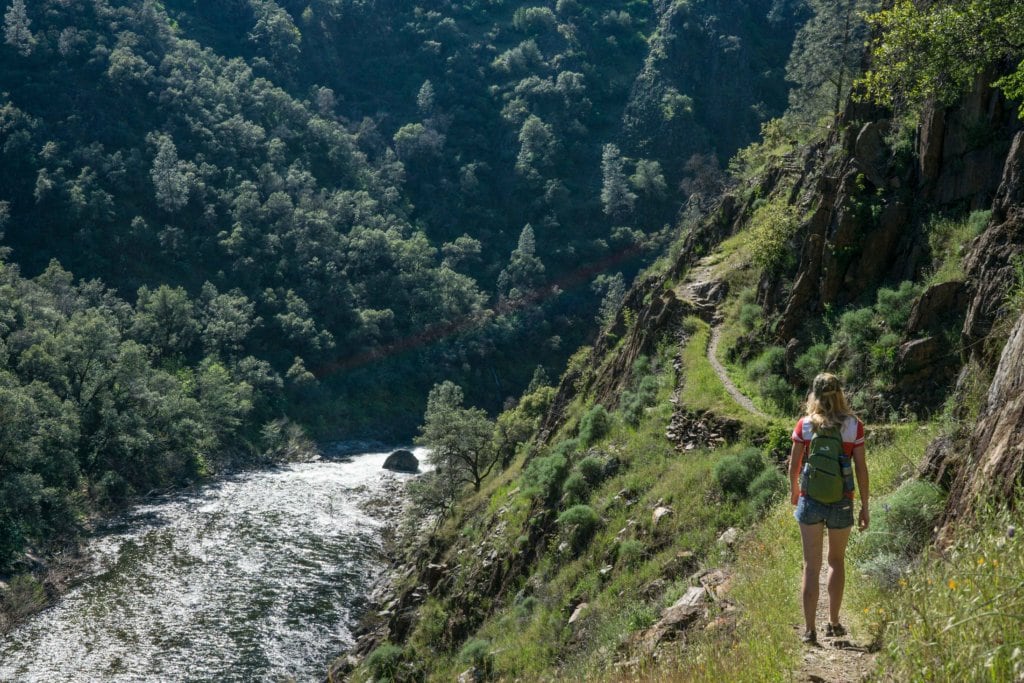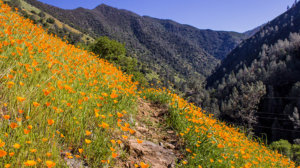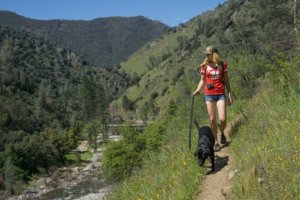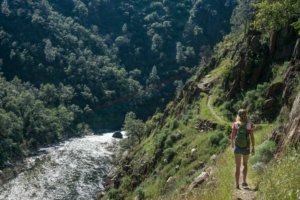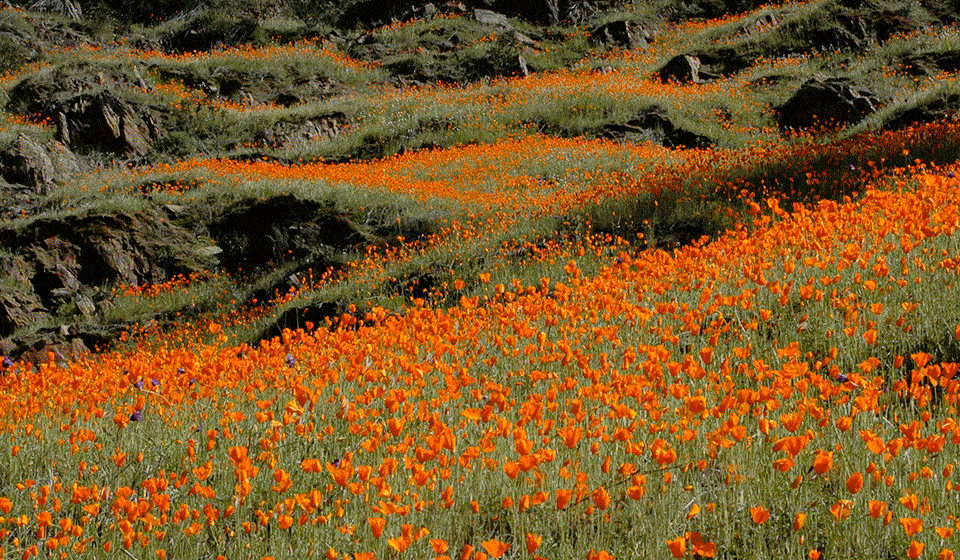
Trail at Hite Cove
Trail at Hite Cove
Central Mariposa County
Hite Cove Trail, Mariposa County, CA, United States
Overview
The beautiful Merced River along Highway 140, is a popular scenic area. The main (north) fork of the Merced River flows through steep river canyons in the Sierra National Forest and Yosemite National Park. The South Fork flows from high in the Sierras, through Wawona, down to Hite Cove. Being designated as a Wild and Scenic River affords the river extra protections and ensures it stays scenic and beautiful.
Start this hike at Savages Trading Post, on State Highway 140, just past the Ferguson Bridge. You can park along the road side and look for the hiking trail signs. The best time for hiking this trail is March-May when the wildflowers are at their peak. The trail closes in summer due to fire danger and some sections may be inaccessible in winter due to poor trail conditions. The trail is narrow at some parts so be prepared if you are taking small children with you. It is mostly flat but it can be fairly exposed so be sure to take plenty of water and sunscreen. Keep an eye our for ticks, snakes and tiny, red-colored newts. The newts are not a risk, of course, but you certainly don’t want to accidentally step on one of these tiny creatures as they sun themselves along the trail.
Hite Cove Trail hiking offers spectacular early morning spring wildflower displays. The first 3/4 mile of the trail is private land. This moderate hike is 7.2 miles and ends at the remains of the old Hite Mine. Camping is allowed at Hite Cove, but campfire permits are required.
Hite Cove History
The Ahwahneechees were the first inhabitants of Hite Cove area for more than a thousand years, using the area in winter and spring, and returning to their ancestral land in Yosemite Valley. In the 1850s, the Mariposa Battalion were the first European-Americans to discover the area. John Hite settled in 1862 and owned and operated a gold mine for 17 years. By 1874, the facility had increased from a crude circular stone arrastra pulled by mules to a 20 unit stamp mill to break rock to extract the gold. Historical dollar production of gold removed was valued at $3,000,000.00
Remember that historic and prehistoric artifacts are not to be disturbed or removed.
Note to motorists: Temporary bridges around the Ferguson rock slide on Highway 140 limit vehicle length to 28 feet and cell phone coverage is non existent in the area.
Amenities
- Free Parking
